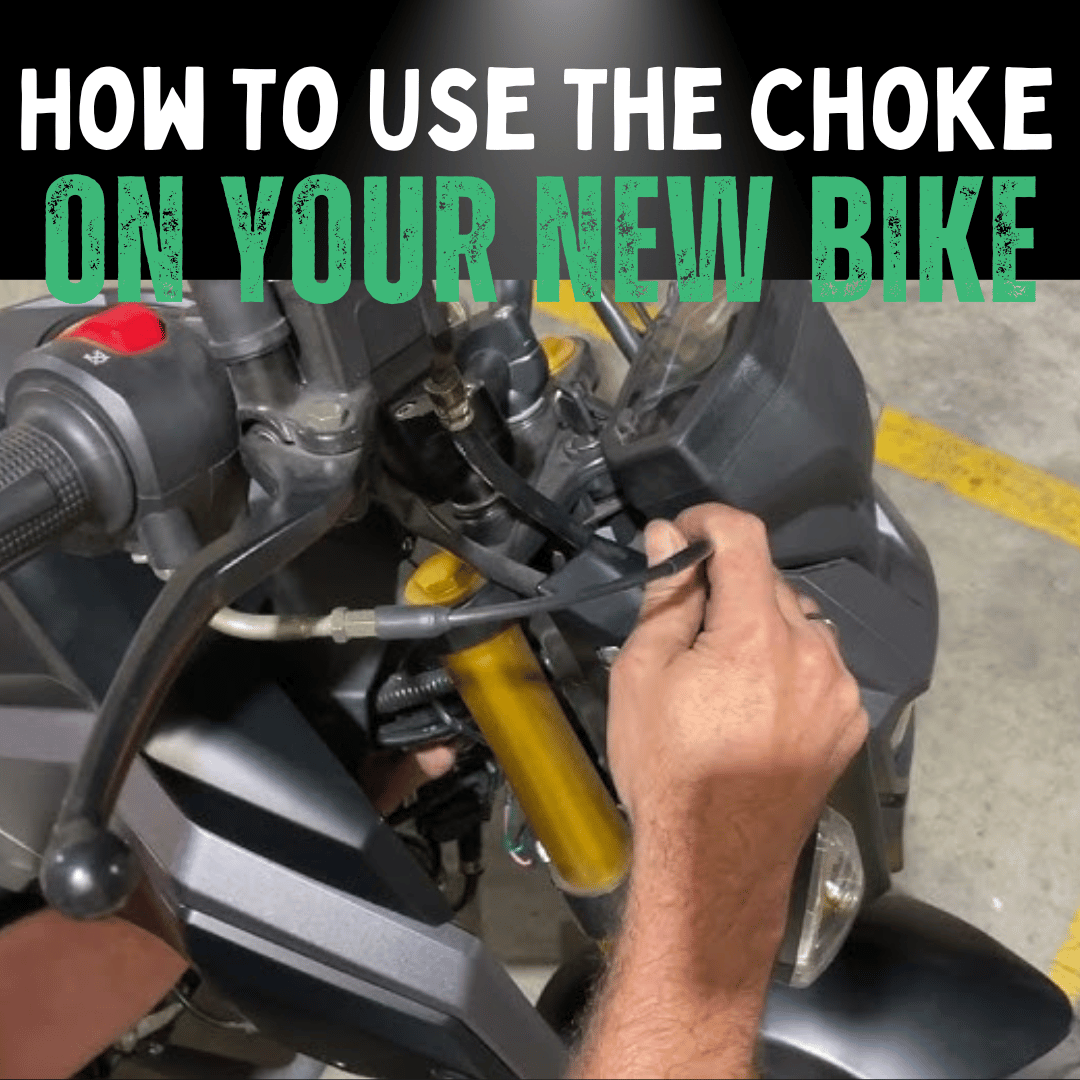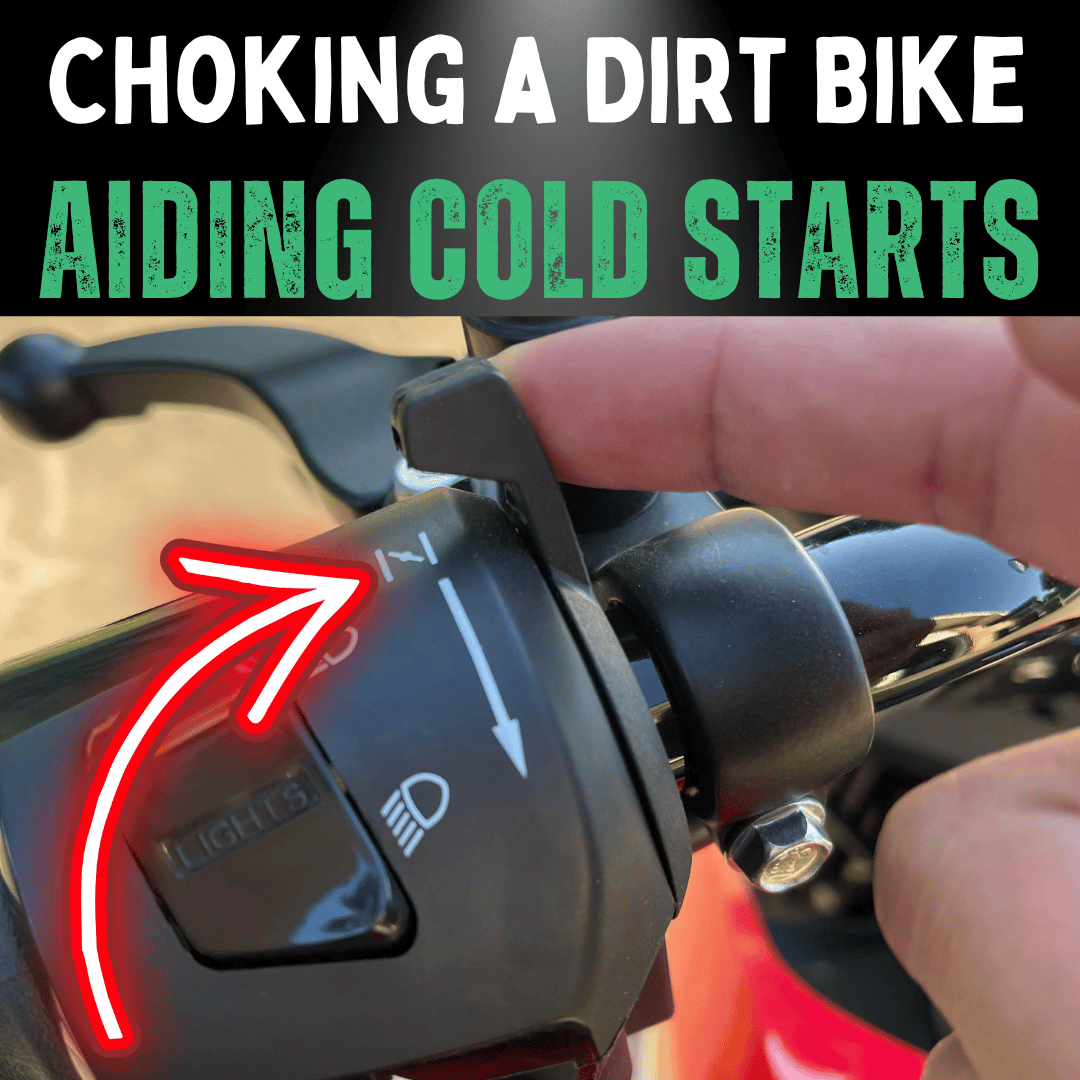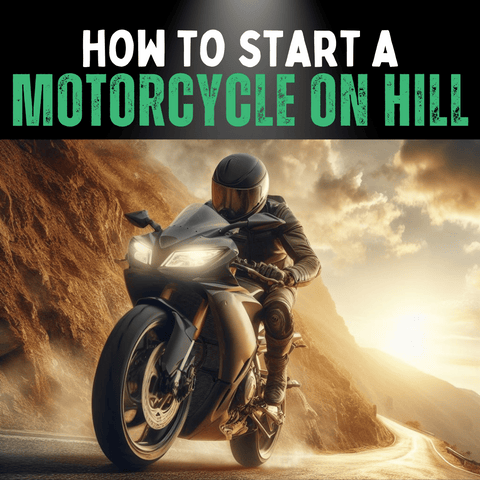
Updated: March 24, 2025
Mastering your new bike starts with understanding the choke—a key component for smooth cold starts. This 2025 guide walks you through the process, ensuring your bike fires up easily, even on chilly mornings.
Let’s dive into the five simple steps to use the choke effectively and kick off your ride with confidence.
| The 5-Step Guide to Using Your Bike's Choke | |
|---|---|
| Step 1 | Locate the Choke Lever or Button |
| Step 2 | Engage the Choke Before Starting |
| Step 3 | Prepare with Safety Checks |
| Step 4 | Start the Engine with Choke On |
| Step 5 | Warm Up and Turn Off the Choke |
Step 1: Locate the Choke
Where to Look
First things first—find the choke on your bike. It’s usually near the carburetor or on the handlebars, acting as your key to a smooth start.
Quick Tips
Check your manual or ask a pro if you’re unsure—it’s like getting directions to the best ride ever.
Related: What Does Choking a Dirt Bike Do?
Step 2: Engage the Choke
How It Works
Once located, turn on the choke before starting the engine. It restricts airflow, enriching the fuel mix for an easier cold start.
Why It Matters
Think of it as tuning your bike’s engine for the perfect kickoff.
Related: How to Start a Motorcycle on a Hill
Step 3: Prepare to Start
Safety First
Before firing up, ensure the bike is in neutral and the throttle is closed. This keeps the engine happy and safe.
Quick Checklist
- Shift to neutral
- Close the throttle
- Check your surroundings
Step 4: Start the Engine
Getting It Going
With the choke engaged, start the engine. Toggle it gently if it sputters—patience is your friend here.
Troubleshooting Tip
Related: Should You Run With the Choke Open or Closed?
Step 5: Warm Up and Ride
Warming Up
Let the engine warm up for a minute or two, then turn off the choke. You’re ready for a smooth, thrilling ride!
Timing It Right
- Longer in cold weather (1-2 mins)
- Shorter in warm conditions (30 secs)
Conclusion
Using the choke on your new bike is simple once you know the steps. This 2025 guide sets you up for success, from cold starts to epic rides.
Happy riding—may every journey be smooth and exciting!
FAQs
What’s the difference between using the choke on a cold vs. warm engine?
On a cold engine, the choke limits air for a richer fuel mix to start easier. On a warm engine, open it gradually for more air and optimal performance.
How do I adjust the choke for best results?
Set the choke to full, half, or off based on your bike’s response. Fine-tune it until the engine runs smoothly.
What if the choke isn’t working?
Check if it’s disengaging properly and ensure enough fuel in the tank. Small fixes can solve big issues.
Why is the choke vital for cold starts?
It restricts airflow, enriching the fuel mix for easier ignition in cold conditions—key to a smooth start.
Ready to Ride? 🚀
Loved our "How to Use the Choke on Your New Bike?" guide? Craving more bike tips?
We’ve got you covered with all things ride-on at RiiRoo.com!








Share:
10 Compelling Reasons You Need Knee Pads for Dirt Biking
Do Pro Motocross Riders Use The Clutch in 2025?